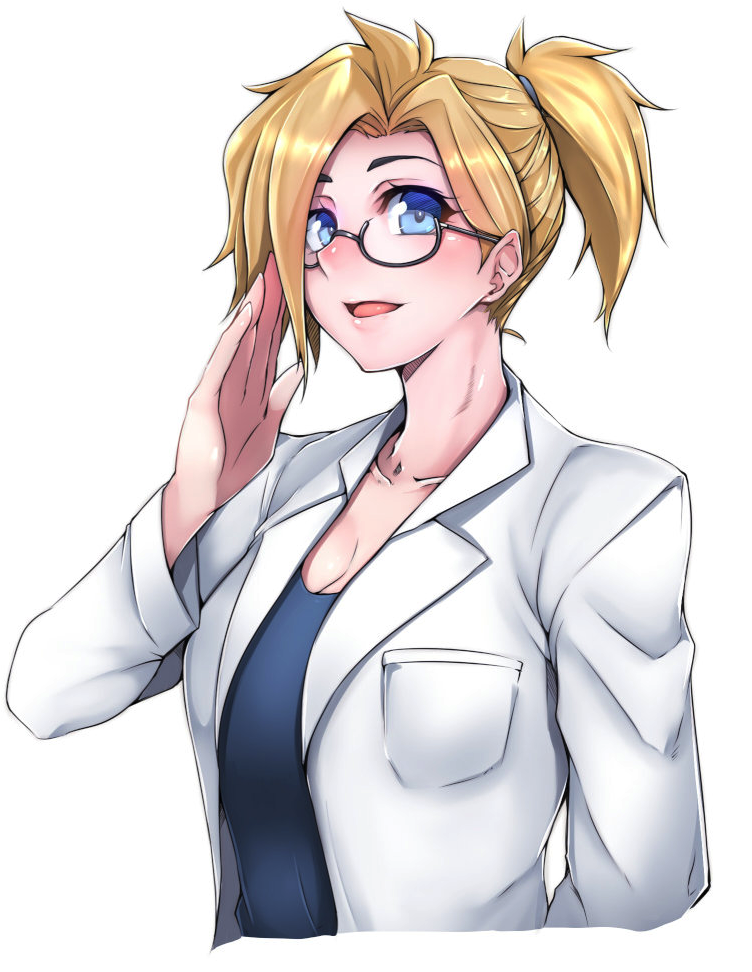August 24, 2016
CONFIRMED!
We advised skepticism earlier, but it has now been confirmed that Proxima Centauri, the closest known star to our solar system, does indeed have a rocky "Earthlike" planet.


It get's better...
Although Proxima is considered a moderately active star, its rotation period is about 83 days (ref. 3) and its quiescent activity levels and X-ray luminosity4 are comparable to those of the Sun. Here we report observations that reveal the presence of a small planet with a minimum mass of about 1.3 Earth masses orbiting Proxima with a period of approximately 11.2 days at a semi-major-axis distance of around 0.05 astronomical units. Its equilibrium temperature is within the range where water could be liquid on its surface5.
One of The Brickmuppet's Crack Team of Science Babes has thoughts on the matter....

Ahem...
This is still, an insanely long way out. An Orion drive (which involves propelling a ship by exploding atom bombs behind it) could get a crewed expedition there in about 100 years. More advanced nuclear pulse propulsion systems (that, unlike Orion would require considerable advancements to get working) could make a one way trip in around 45 years, as could the proposed laser sail designs.
Ok, that's a littler silly given that one needs to be darned sure of a destination if one embarks on a one way trip.
Obviously an unmanned probe could get there faster still...as little as 15 years for one design using near term technology and a very small probe. Well, that design now has a concrete goal.
And IF there was something very interesting found there...well, assuming a 20 year lead time to build the ship (which would involve the equivalent of constructing 4-10 Nimitz class aircraft carriers in terms of mass) then we could still put a, flag, some footprints and a small town there in the lifetime of the people that set the project in motion.
This is, on the one hand, unspeakably extravagant and optimistic given the challenges our civilization faces regarding its health and even survival in the near term. However, given those difficulties and others peculiar to having all of our eggs in this pale blue basket, such an extravagant project is not quite as insane as it sounds at first blush, given that a successful implementation would mean that our civilization would be multi-stellar at that point and our species's survival far more likely.
In any event, this is an awesome development in astronomy, for other reasons. The fact that the very closest star to our sun just happens to have one of these planets makes the odds of such things far more likely...especially since red dwarf's such as Proxima Centauri are the most common type of star in the galaxy.
The implications for that are nontrivial indeed.
UPDATE: This image, by ESO Calcada is, of course, pure speculation regarding the planet's appearance, but it gives a very good idea of the scale of space. Note that Proxima Centauri is generally considered to be a part of the Alpha Centauri System, Alpha Centauri A and B are both about the same size and brightness of our sun (A liitle larger and a little smaller respectively). Keeping in mind that they are in the same solar system as Proxima, note their distance from their little red companion in this picture.

Posted by: The Brickmuppet at
03:08 PM
| Comments (3)
| Add Comment
Post contains 559 words, total size 8 kb.
August 18, 2016
A Mere 4.25 Light Years Away....
One of the Brickmuppet's Crack Team of Science Babes brings us up to speed on potentially consequential news from the world of astronomy.



"Take the following with a grain of salt."
A couple of things about that sentence: "Earthlike" in that context seems to mean a terrestrial planet, which is referring to rocky worlds like Mercury, Venus, Earth and Mars...only one of which would be described by laymen as Earthlike. The habitable zone of a red dwarf is very narrow , so this is a very lucky happenstance if their figures are right. Note though, that we have three terrestrial planets in our solar system's habitable zone and only one of them had everything break just right. Finally, the actual paper has not been released yet, The article is based on an anonymous leak to Der Spiegel.
Still, if a random planet has been found around a red dwarf, especially the closest star to our solar system, this is a big deal, if it IS in the habitable zone, it's an even bigger deal.

It should be noted though that even this, closest of stars would take thousands of years to reach with our current fastest spacecraft. Nuclear pulse propulsion and laser sails however, both have the potential to reduce that to less than a century.
"Science Babe" is Mercy from Overwatch as imagined by GGGG
Painting is an imagining of another planet orbiting a red dwarf in a trinary star system Gliese-667c and comes via ESO-Calcada
Posted by: The Brickmuppet at
01:51 AM
| No Comments
| Add Comment
Post contains 271 words, total size 4 kb.
<< Page 1 of 1 >>
41kb generated in CPU 0.061, elapsed 0.1232 seconds.
68 queries taking 0.1134 seconds, 274 records returned.
Powered by Minx 1.1.6c-pink.
68 queries taking 0.1134 seconds, 274 records returned.
Powered by Minx 1.1.6c-pink.









